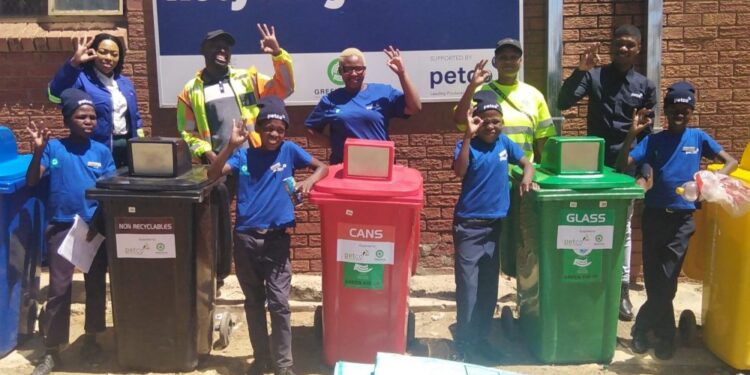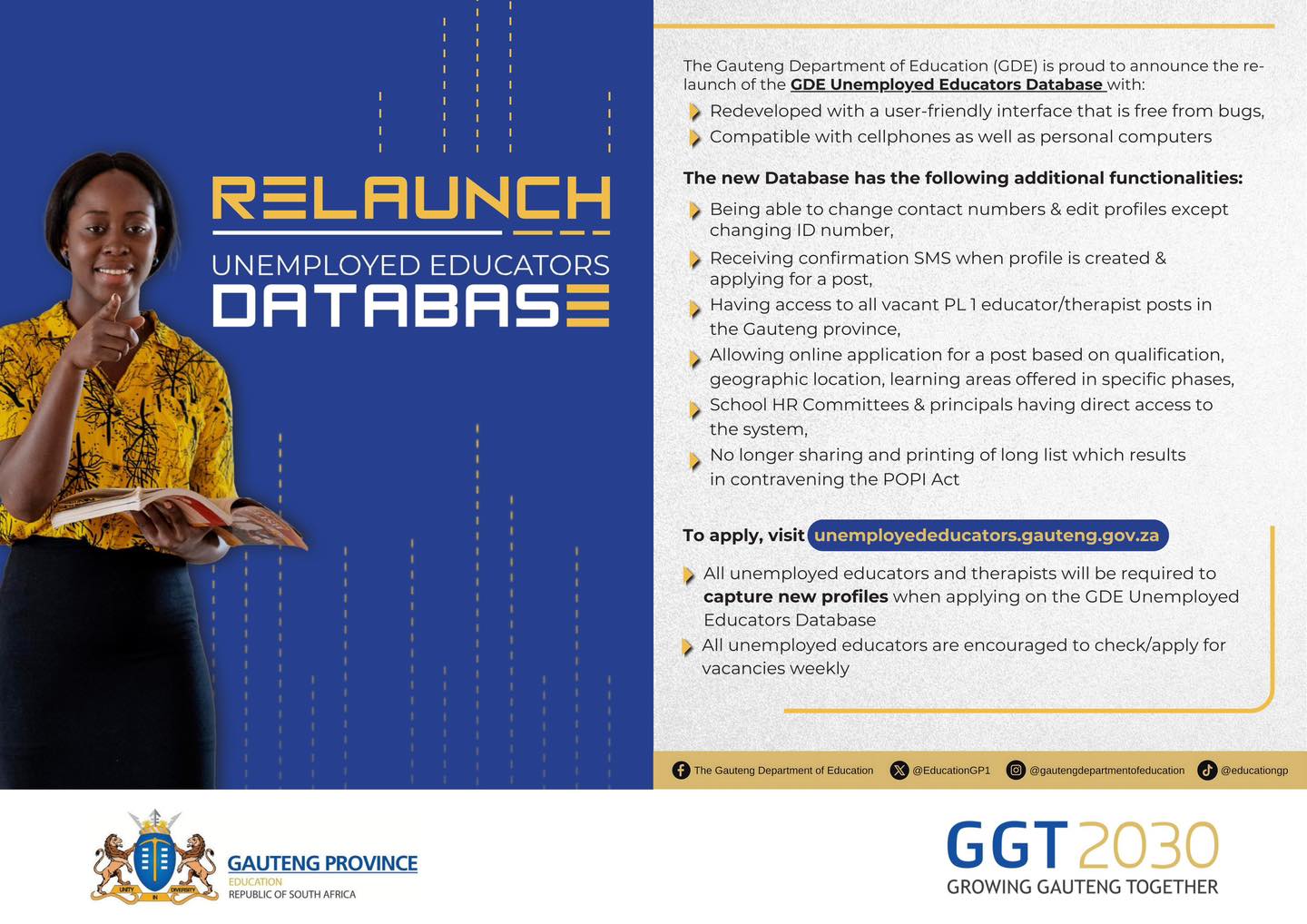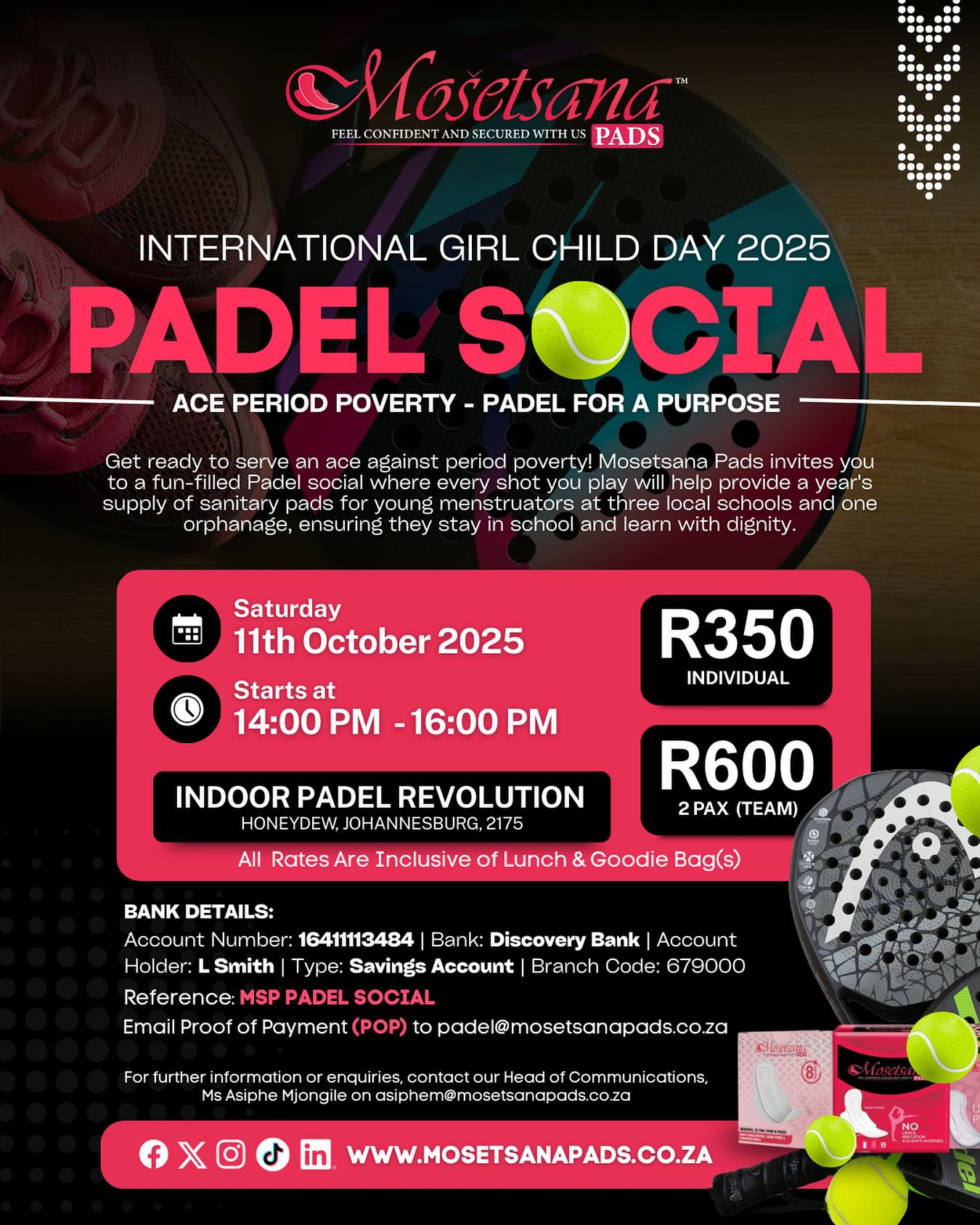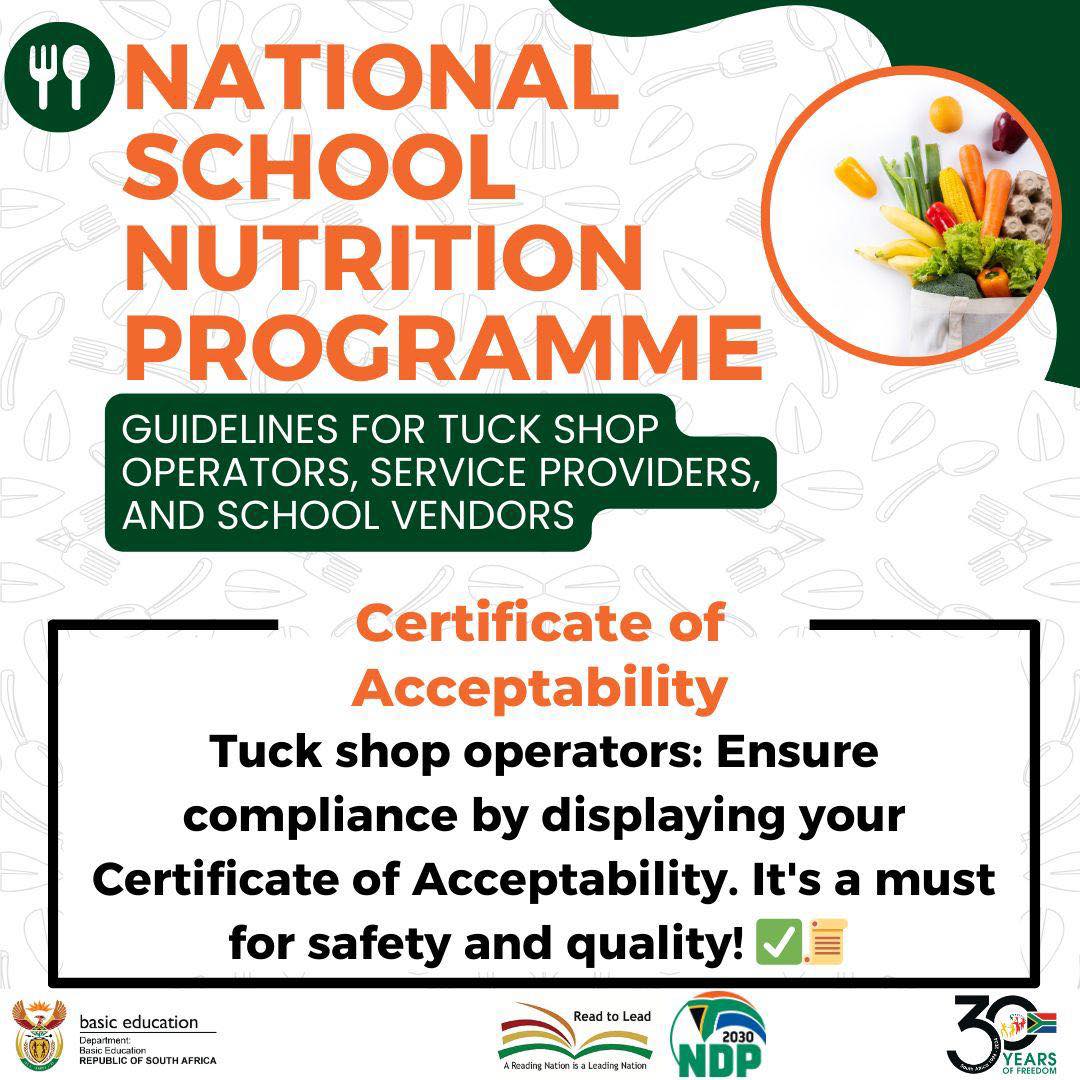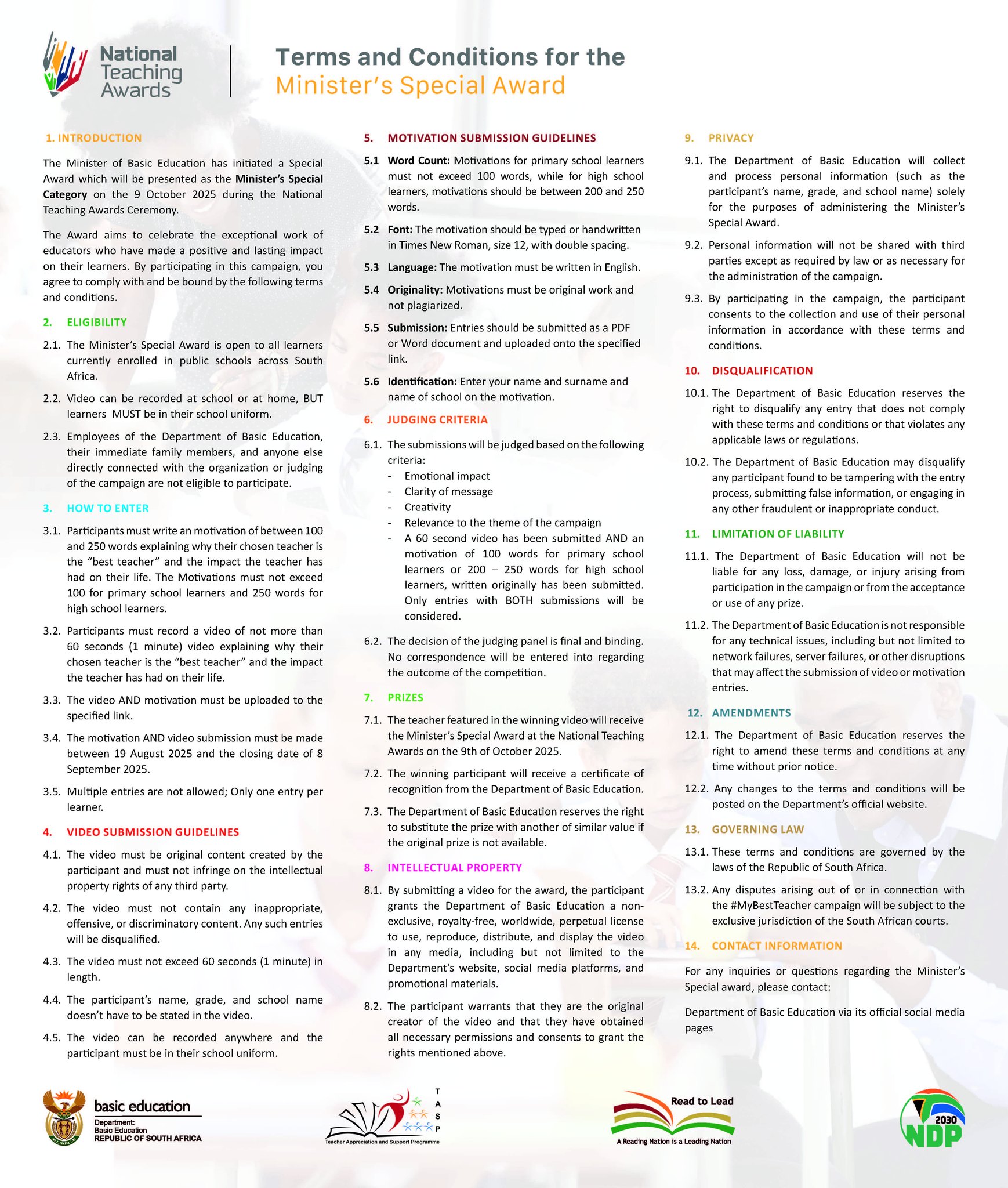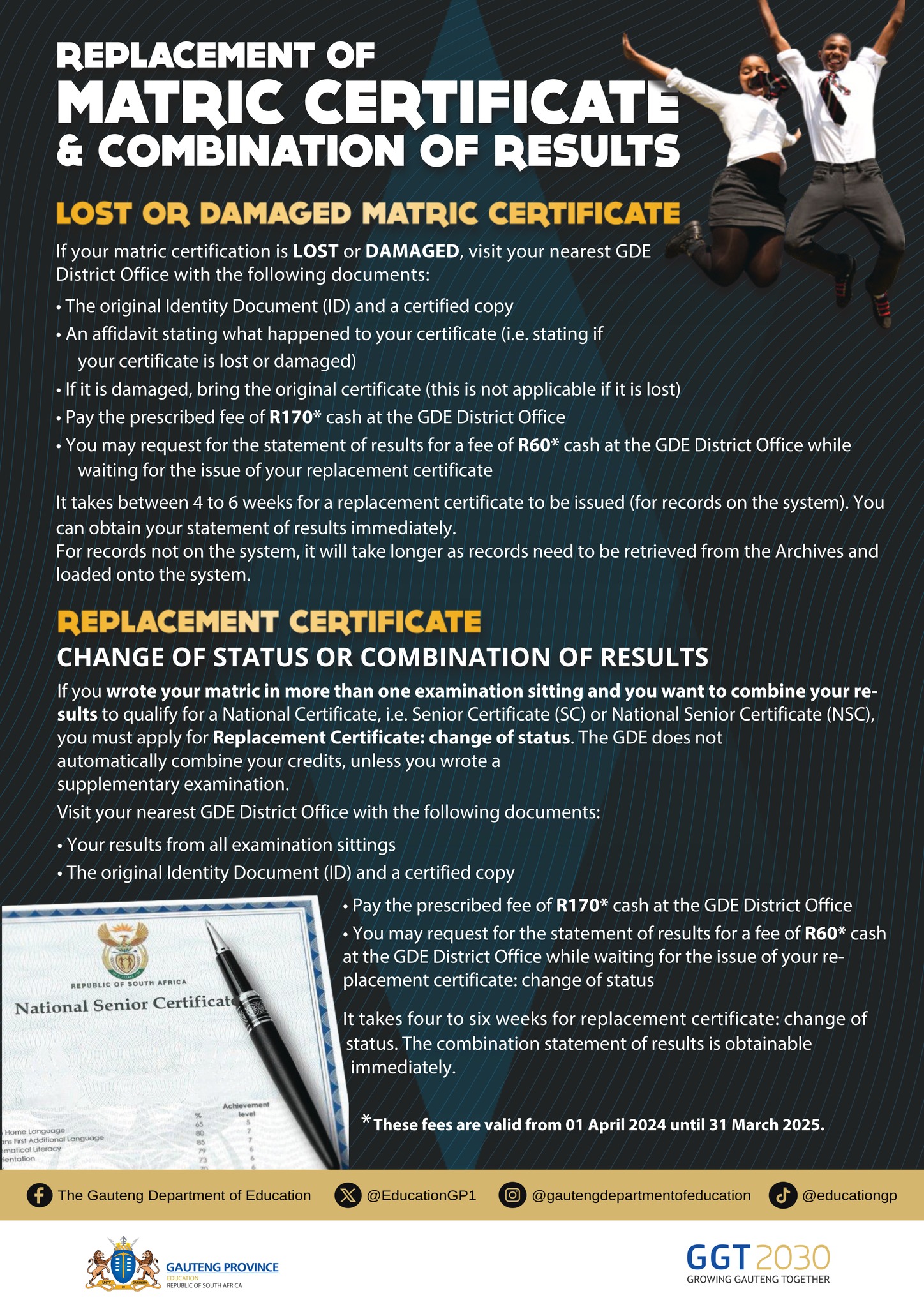As compostable and biodegradable plastic packaging increasingly makes its way onto South African shelves, and into delis, hotels and restaurants, Petco’s latest position paper clearly outlines their negative impact on the PET recycling value chain. In this paper, we examine how unclear labelling, consumer confusion, and recycling contamination risks are holding back progress.
Compostable and biodegradable plastics are popping up everywhere, especially in food and drink packaging, where they are marketed as a “greener” and more desirable solution to the problem of plastic pollution. Yet, in actuality, some of these options that are perceived as environmentally friendly are actually making life harder for PET recyclers and confusing consumers.
Labelling and littering
Inaccurate marketing claims have a real-world impact. When consumers read “compostable” they imagine the packaging breaking down naturally and quickly, becoming part of some compost heap, which could inadvertently encourage a culture of littering. The reality is that most of these materials only break down under specific industrial conditions, and currently South Africa does not have many of those facilities, or wide-scale collection systems to collect this packaging. In addition, most consumers do not have compost heaps, and even if they do, compostable packaging does not compost under home composting conditions, unless it is certified and labeled as “home compostable”.
Same look. Different impact
Compostable plastic often ends up in the recycling bin. Take PLA (polylactic acid) which is a material used to make many drink bottles (and other packaging), for example. While it looks just like PET, it plays by a different set of rules. (PLA is not compatible with the typical PET recycling process and is globally non-recyclable.) It takes just a few PLA items to contaminate a whole PET recycling batch, and cause sorting delays, extra costs, and a drop in quality of the recyclate.
Simply put, PLA and PET don’t mix – but it is difficult for collectors and material sorters to tell them apart. The easiest way to identify PLA is that, like other compostable and biodegradable packaging, it has a number 7 inside the three-arrow recycling triangle. This is classified as “other” – please keep this OUT of the recycling bin.
Microplastics. Macro problem
Oxo-degradable plastics present an entirely different challenge. Again, they don’t simply disintegrate or decompose on their own when in the environment but break into tiny pieces over time which can end up in landfill, soil, or waterways. Already South Africa is grappling with microplastic pollution, especially along our coastlines and in our oceans, where these tiny particles threaten marine life and ecosystems.
Setting the standards
While Petco welcomes bio-based plastics (such as bio-PET) that are recyclable, we all need to be cautious when a product claims to be biodegradable or compostable without the necessary infrastructure in place. Proper standards first need to be met, and products need to carry clear labels that state whether a product is home compostable, industrial compostable, or recyclable.
Ultimately, the options perceived as environmentally friendly may not be the silver bullet. The best results often come from packaging options with clear and easily identifiable labelling, as well as well-established collection and processing value chains.
Yours in circularity,
The Petco Team

